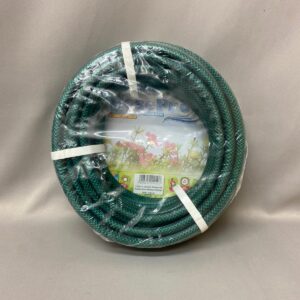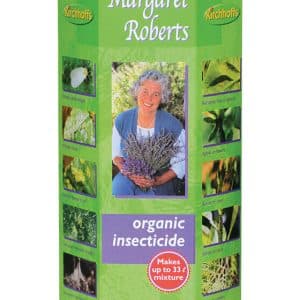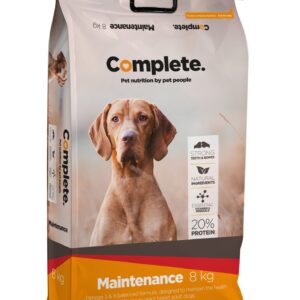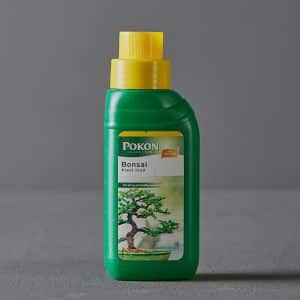How to fertilise your garden
DIY and how-to
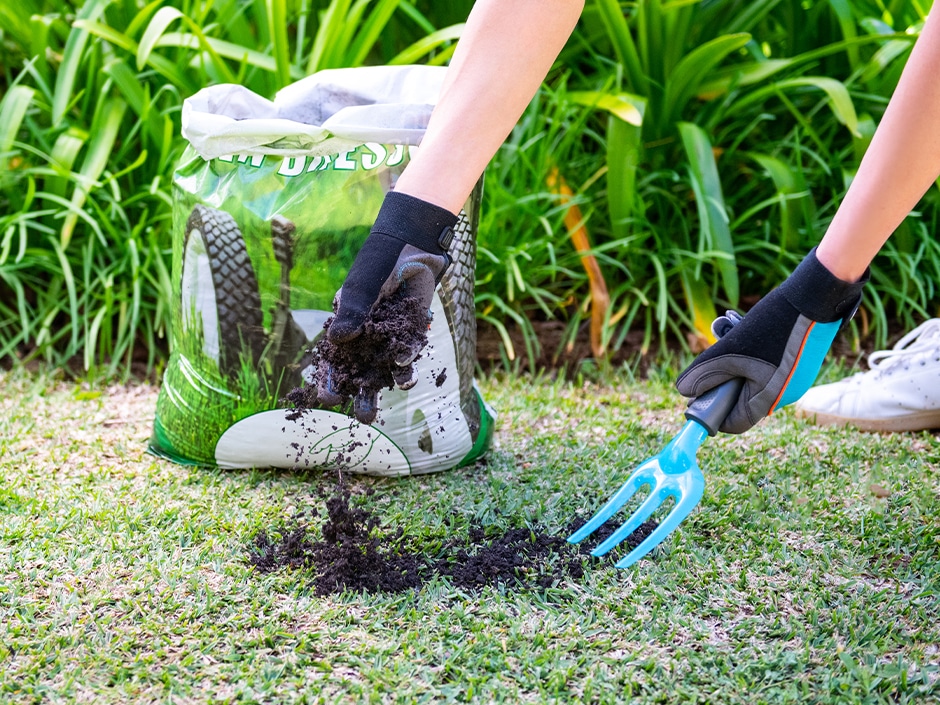
When it comes to figuring out what to feed your plants, it can get overwhelming fast. It might feel easier to just skip the whole process. But if you want to get the most out of your garden, you need to fertilise it. Follow our step-by-step guide for choosing which kind of fertiliser to use and how to use it.
WHAT DO THE NUMBERS MEAN?
Fertilisers are typically made up of a mixture of three main ingredients:
- nitrogen, which helps the plant to grow and keeps it green;
- phosphorus, which aids in root and flower development; and
- potassium, which promotes the all-round wellbeing of the plant.
The numbers listed on a fertiliser (e.g. 2:3:2 or 3:1:5) refer to the “NPK” fertiliser ratio, that is, the mix of nitrogen (N), phosphorus (P) and potassium (K).
Additional micronutrients such as iron, copper and manganese are also found in certain fertilisers, but in much smaller combinations.
FERTILISERS FOR DIFFERENT PLANTS
For veggie gardens: Organic fertilisers are great for edible gardens. Slow-release Atlantic Fertilisers Bio Ocean is a unique blend of organic materials (including composted seaweed, fishmeal and poultry manure). Because it is highly concentrated, it promotes faster, healthier and sustained growth in all plants and is particularly suitable for heavy-feeding plants.
For flowering and fruiting plants: Opt for a fertiliser with a high ratio of nitrogen (for greening), a low ratio of phosphorus (for improved shoot growth) and a high ratio of potassium (for increased flower and fruit production). Atlantic Fertilisers Flower & Fruit is a great organic option.
For new plants: Choose a fertiliser with a higher ratio of phosphorus to ensure good root production.
For lawns: A fertiliser with a high ratio of nitrogen is ideal, as it will encourage root growth. Atlantic Fertilisers Bio Ganic Lawns is an ideal food for all lawns, particularly new lawns. It promotes natural, healthy growth of your lawn.
For container gardens: Liquid fertilisers are great for container plants, as they can be applied more easily to small areas with a watering can or sprayer.
If this is all information overload for you, opt for a general all-purpose fertiliser, which can be used for most plants. But if you’re looking for something more specific and still aren’t sure where to start, you can chat to the garden experts at your local Stodels Garden Centre.
TOP TIPS FOR FEEDING YOUR GARDEN
- Water your plants well before and after applying fertiliser.
- Feed when temperatures are lower, for example in the late afternoon or on cloudy days.
- Keep granular fertiliser away from the stems and leaves, as direct contact can burn the plant. Remember, you’re feeding the soil so that it can feed the plant.
- When fertilising trees or large shrubs, concentrate on the soil area below the “drip line” of leaves and branches above. This is the area located around the outer circumference of the branches, where rain would naturally fall to the ground. This is the area where the most active feeder roots are located and more nutrients will be absorbed.
For more fertilising tips, read this blog:
You might also like
Shop online
-
Garden Hose 12mm
- R219.99
-
DOG FOOD DOG MAINT COMPLETE 8KG
- R199.99
-
Pokon Bonsai 250ml
- R59.99

